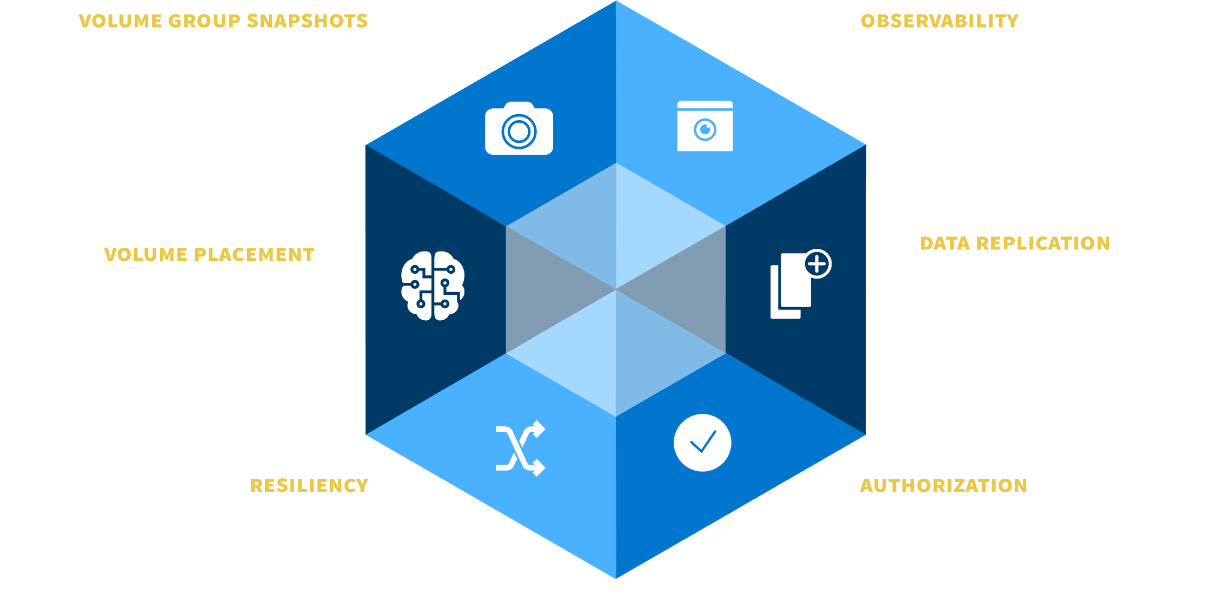
Brought to you by:
Enterprise Strategy Group | Getting to the Bigger Truth™
ESG SHOWCASE
Dell Technologies Optimizes Persistent Storage for Kubernetes
By Scott Sinclair, Practice Director; and Monya Keane, Senior Research Analyst
MARCH 2022
Abstract
Overview
Modernizing Infrastructure to Empower Kubernetes Adoption
Dell Container Storage Modules for Performance
Figure 1. Top Challenges with Persistent Storage for Container-based Environments
In general, what would you say are your organization’s biggest challenges with persistent storage for its container-based environment? (Percent of respondents, N=288, multiple responses accepted)
Source: ESG, a division of TechTarget, Inc.
Dell Technologies Augments Container-based Infrastructures with Container Storage Modules
Figure 2. The Capabilities of Dell Technologies Container Storage Modules

Source: ESG, a division of TechTarget, Inc.
Simplify Kubernetes at Scale with Accelerated IT and Developer Operations
The Bigger Truth
This ESG Showcase was commissioned by Dell Technologies and is distributed under license from TechTarget, Inc.
All product names, logos, brands, and trademarks are the property of their respective owners. Information contained in this publication has been obtained by sources TechTarget, Inc. considers to be reliable but is not warranted by TechTarget, Inc. This publication may contain opinions of TechTarget, Inc., which are subject to change. This publication may include forecasts, projections, and other predictive statements that represent TechTarget, Inc.’s assumptions and expectations in light of currently available information. These forecasts are based on industry trends and involve variables and uncertainties. Consequently, TechTarget, Inc. makes no warranty as to the accuracy of specific forecasts, projections or predictive statements contained herein.
This publication is copyrighted by TechTarget, Inc. Any reproduction or redistribution of this publication, in whole or in part, whether in hard-copy format, electronically, or otherwise to persons not authorized to receive it, without the express consent of TechTarget, Inc., is in violation of U.S. copyright law and will be subject to an action for civil damages and, if applicable, criminal prosecution. Should you have any questions, please contact Client Relations at cr@esg-global.com.

Enterprise Strategy Group | Getting to the Bigger Truth™
Enterprise Strategy Group is an IT analyst, research, validation, and strategy firm that provides market intelligence and actionable insight to the global IT community.